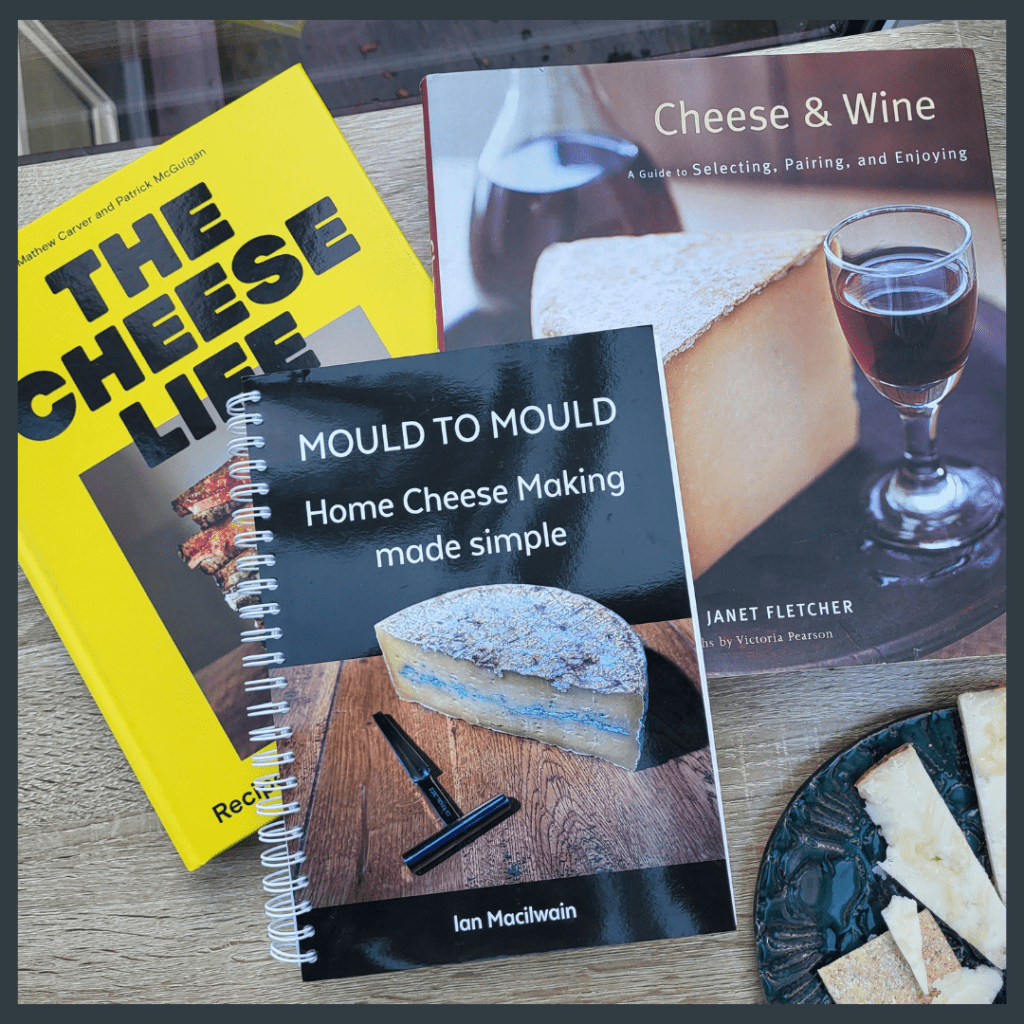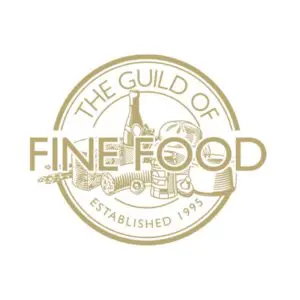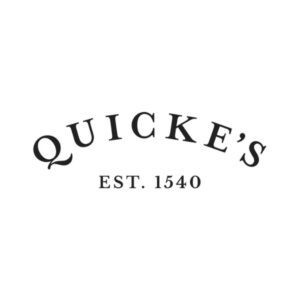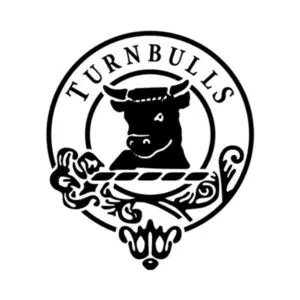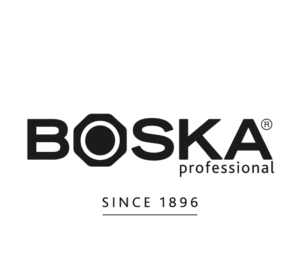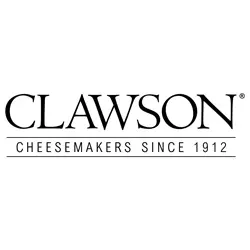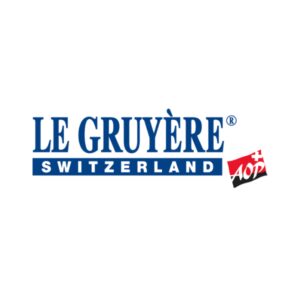Presenting and Serving cheese
As the cheese industry continues to expand, it’s more important than ever for those in the industry to understand how to properly present and serve cheese.
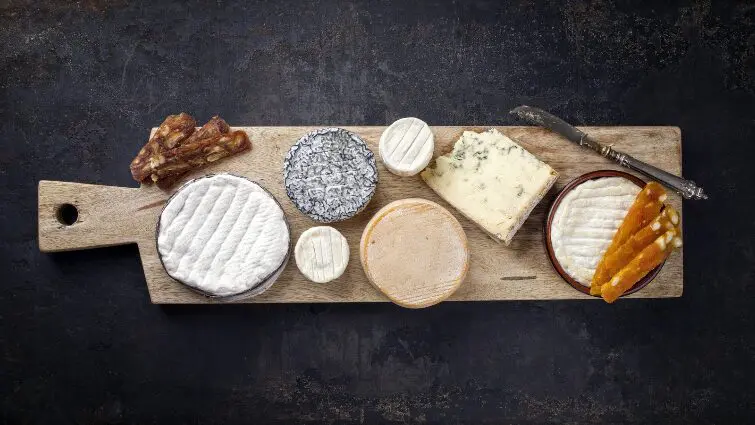
101 guide – Presenting and Serving cheese | Chapter one
How to serve Cheese?
What is Presenting and Serving cheese?
Presenting and serving cheese is a wide topic that covers everything from cutting to wrapping to storing cheese. It is more than making a cheeseboard look enticing and varied; that is actually the objective, the aim, the “end game” if you like.

How many times have you pulled the last, languishing slab of cheddar out of the fridge to find it dry and cracked because it wasn’t stored effectively? Perhaps you’re not 100% sure what the correct etiquette is when it comes to “nosing” the brie.
Presenting Cheese a living ingredient.
Cheese is a living, perishable ingredient and as such, requires a lot of care and attention to keep those delectable flavours locked in, that texture just right and, in a nutshell, the cheese looking and tasting just as the cheesemaker intended.
From the point at which the cheese is packaged at the dairy, then onto its arrival at the cheesemonger’s, to the moment you put any leftover pieces back in your fridge, there are best practices that will keep it, not only safe for consumption, but also in tip-top condition.
The way a cheesemonger stores, cuts and wraps a large wheel of cheese, however, will differ to the way you cut and wrap your cheese at home. Similarly, there are packaging and storing solutions that a large cheese manufacturer will need to consider that will vary to those of a small independent cheesemaker.
101 guide – Presenting and Serving cheese | Chapter two
What does Presenting and Serving mean to the Cheese Industry?
Cheese Service for retail
The way large retailers and artisan cheesemongers present cheese is very different, largely due to the variances of buying power and the purchasing habits of their customers.
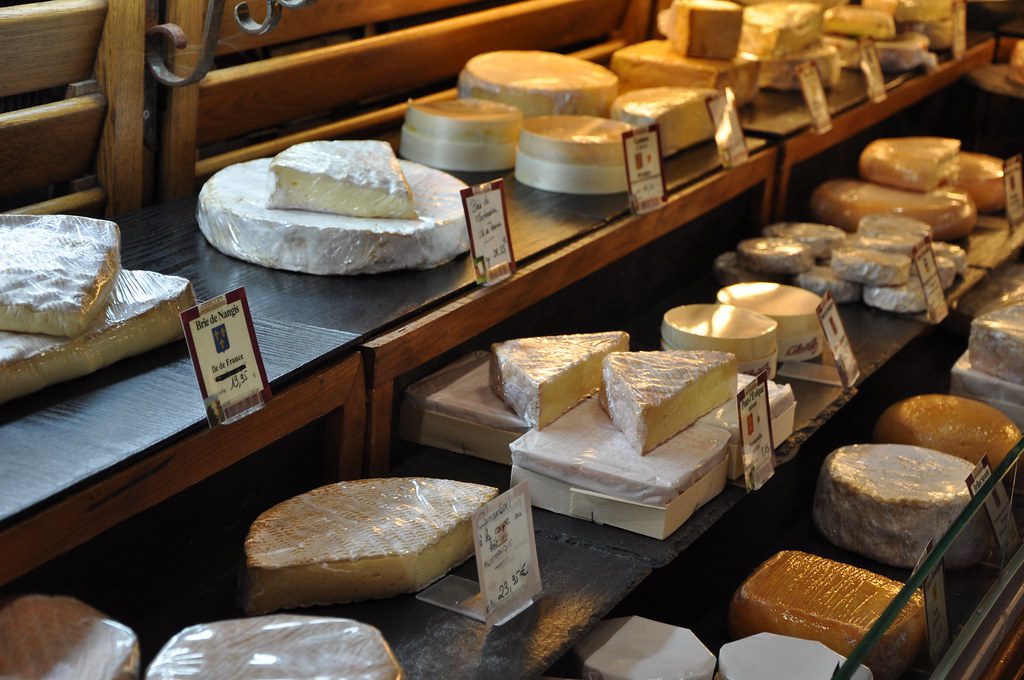
Underlying this, however, are common responsibilities that the trade do share. For this, we must go back to the part about cheese being a living thing. More specifically, it is the microbes in cheese that are alive, and it is these microbes which give each cheese their characteristics and flavour. These microbes have a life cycle, however, meaning each piece of cheese will go through a journey of condition. Think of it like the big dipper of a rollercoaster: the quality of a cheese progresses over time, starting out as young, unripe and mild, building to ripe, mature and in its prime, before starting its downward trajectory to overripe, ammoniac and passed its best. The job of the cheese industry, whether large or small-scale, is to treat the cheese with due care and respect, ensure their products reach the customer in perfect condition and are displayed in a manner that persuades the customer to purchase.
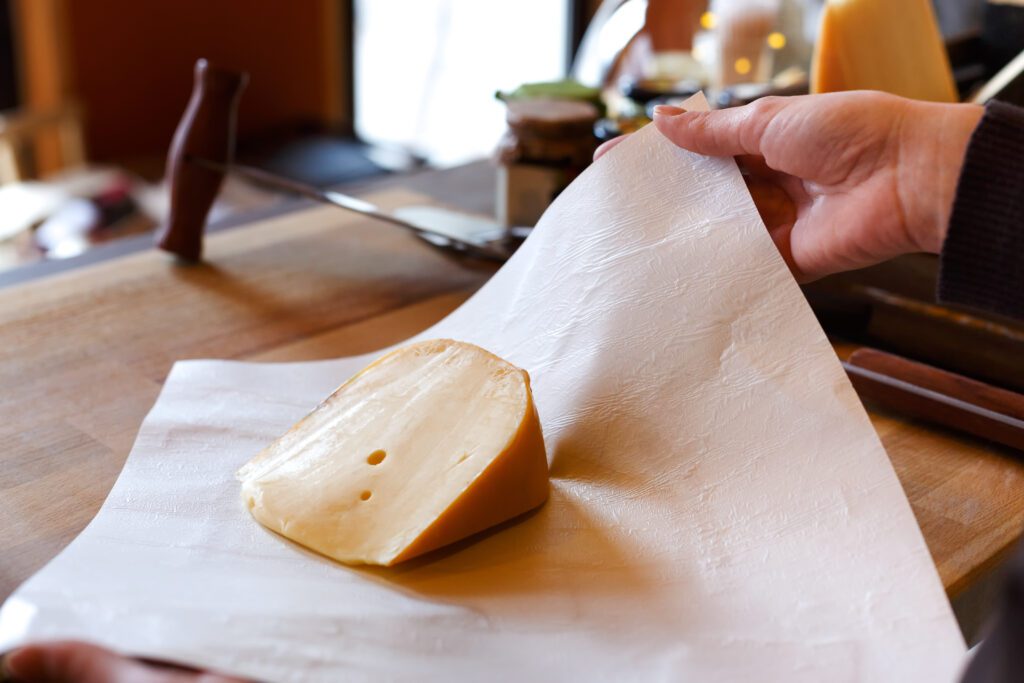
Cheese on display
Taking that rollercoaster analogy; there may be just a couple of days or as much as a few months from leaving the cheesemakers to the cheese reaching its final destination, be that a restaurant cheese trolley, commercial kitchen, or domestic cheeseboard. It is the responsibility of the distribution chain to ensure the integrity of the cheese is maintained and gets off that coaster at the optimum point. This will involve numerous processes, including the packaging of the cheese: how it is wrapped before leaving the cheesemakers and then how it is displayed on a counter. It also includes the storage of the cheese, in compliance with health and safety regulations, and finally involves how the cheeses should be cut, not only in order to ensure a fair proportion of rind to cheese, but also to maximise revenues and avoid wastage.
These processes will vary, depending on the size of the business and whereabout they are in that chain of supply. Looking at the packaging and display of block cheddar in a supermarket, for example, this will be vacuum packed in thick plastic before leaving the factory, to ensure a longer shelf-life that can withstand cold chiller cabinets and lots of customer handling. Compare that to a traditional, clothbound cheddar on display in a cheesemonger’s, which will be open and visible to the customer, not only so they can see the properties of the cheese and perhaps even sample it, but also so that the cheesemonger can keep an eye on the condition of the cheese.
Differences aside, retailers and specialist cheesemongers share a common responsibility to provide a product that’s safe for consumption, is in its best possible condition and, ultimately, looks appealing to the customer, whoever that customer is. It is this philosophy that is covered under the umbrella heading of Presenting and Serving for the cheese industry.
101 guide – Presenting and Serving cheese | Chapter three
What does Presenting and Serving mean to consumers?
The Rules of Serving Cheese
For consumers, presenting and serving is all about cheeseboards and platters, accompaniments and decoration.
With the myriad of social media platforms that will tantalise us with their beautiful presentations and suggestions, there are no hard and fast rules when it comes to creating the perfect cheeseboard. There are, however, several guidelines and protocols that will help perfect your offering, give you and your guests the maximum enjoyment and help to prolong the life of your cheese.

Let’s start with the storing of your cheese, which not only includes where to store but also what material is best to wrap it. Following a few basic principles will go a long way towards keeping the flavour and condition of each piece intact. The first rule would be not to buy too much in the first place. The smaller a piece of cheese is, the more likely it is to dry out; only buy what you think you will eat for that occasion. So the first rule is: buy less, more often.
The second rule of storing cheese would be to make sure it’s wrapped in a material that is kind to the cheese. As we have learnt so far, cheese is a living thing, and as such, needs to be able to breathe. Anything plastic will suffocate it; whilst clingfilm might be how you saw your cheeses wrapped in the shop (and there are reasons for this), this is the last thing you should wrap it in at home. Cheese paper, wax paper or wax wraps, are king.
The final storage rule would be to store your cheese in a drawer, or lidded container, within the fridge. This will, ultimately, prevent it from drying out too quickly.
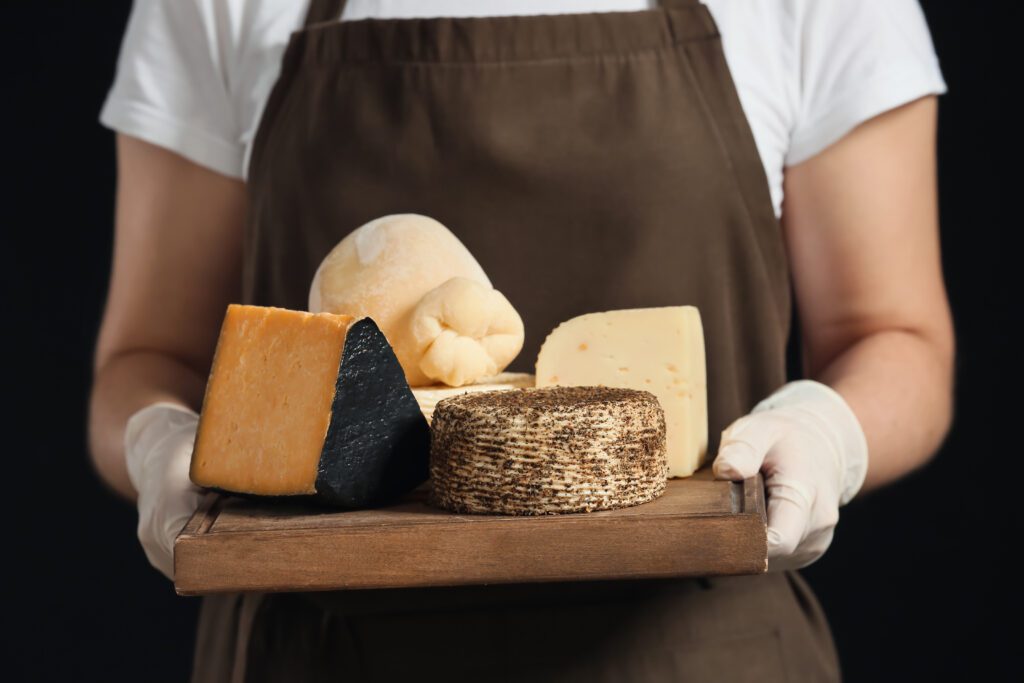
The Do’s and Don’ts of Serving Cheese
When it comes to serving cheese, there are definite dos and don’ts to ensure you and your guests get maximum cheese-enjoyment. The first “do” is time-based: DO take your cheese out of the fridge at least an hour before eating. There are some cheeses that don’t need a full hour and some that won’t come to any harm being pulled out for longer. The thing to remember is that cold cheese is tasteless.
“Do”, number two: only cut what you need, and make sure there’s some rind involved! Should you pre-cut slices or fill your cheeseboard with large wedges for guests to cut themselves? That depends on the occasion and how “styled” you want your cheese platter to look. For a large reception, for example, it would be much easier to have the cheese cut into pre-portioned slices, but at a dinner party, it might be more fitting to allow your guests to choose how big, or small, a wedge they would like.
And what of the rind, if your guests are inclined to “nose the brie”, leaving a discarded slab of for other guests to scrape what’s left. It is worth mentioning to your guests that the rind is a significant contributor to the overall enjoyment of cheese (excluding wax and cloth coatings). As a cheese ripens from the outside in, a lot of the flavour is found next to the rind; so it is imperative that each serving should have a proportion of rind. For more on this, we have a whole article dedicated to the topic here. As a rule of thumb, try to cut your cheese, along the same lines that your cheesemonger cut it for you.

The rest is up to you:
How many cheeses should you serve? Up to you. We recommend no less than 3, for variety, but no more than 5, or the palate may become confused.
Which cheeses should you offer? Again, up to you. The usual starting point is one hard, one, soft and one blue. Sometimes it’s fun to go with a theme and do all cheeses made by just one cheesemaker, or all cheeses from one country or one animal. The options are endless.
Is it enough to put out a jar of chutney on the side? Yes. As long as the chutney compliments the cheese on offer. We suggest featuring a few accompaniments, such as fresh bread or crackers, honey or fruit chutney, dried or fresh fruit and nuts. If you’re looking for something more elaborate with your pairings, there are many sources of inspiration, including our blog here.
Are cheese knives essential? No; ordinary kitchen knives are perfectly acceptable, but certain tools will make the job easier. That said, leave the cheese wires to the professionals.
Is a wooden board better than slate? Not really, that’s down to personal preference and aesthetics.
101 guide – Presenting and Serving cheese | Chapter four
Where does Presenting and Serving Cheese fit into the Academy of Cheese programme?
Learn to Serve Cheese
The Academy of Cheese covers the topic of Presenting and Serving as a module, within each of the three levels of certification. The Academy chose to focus on Presenting and Serving in their standards because these are the gateway principles between the retailer and customer. It doesn’t matter what the customer does with the cheese at home if due care and attention hasn’t been given to the cheese pre-sale. If a cheesemonger can demonstrate good storage, cutting and wrapping skills and pass that knowledge on to the customer for them to adopt at home, everyone benefits.
101 guide – Presenting and Serving cheese | Chapter five
How does the Academy of Cheese teach Presenting and Serving Cheese?
Each certification builds upon the previous level, with the skills involved in Presenting and Serving cheese progressing very much from an end-user perspective at Level One to the science and commercial practices more relevant to an industry professional at Level Three.

Level one – The basics of cheese presentation
At Level One, we look at the basics of presentation and serving cheese: how to select the appropriate packaging and wrap your cheeses; how to cut your cheese and to understand the importance of caring for your cheeses in the appropriate manner, in relation to your circumstances, whether a consumer or retailer.

Level two – The principles of cutting and presenting cheese
Level Two reinforces the principles of cutting and presenting cheese that were covered in Level One, but also takes a deeper delve into pre-sale safety and quality procedures. This includes a more scientific look at the role of temperature and the effect it has on maturing and affinage. We also introduce students to the implementation of stock management systems that help with safe storage and rotation, whilst identifying and troubleshooting common cheese defects that may arise in a retail or food service environment.

Level three – Identifying issues with Cheese display
Level 3 addresses all the above from a more senior perspective and will enable students to identify any issues relating to any aspect of the display of cheese from an industry viewpoint and in a managerial capacity. Topics covered include analysis and rectification of poor display, quality and stock control issues, and analysis and audit of counter/cabinet displays in terms of safety and commercial requirements versus customer experience.

101 Guide Resources
Find all the articles, video, and resources you need to study this subject.
Cheese Presenting and Serving articles
Cheese Presenting and Serving resources
More subjects to explore.
Cheese, obviously! We are the Academy of Cheese after all. But, our mission is much greater than just a passion for cheese. Check out the pages below to see why we need to protect, support and promote cheese, its makers and mongers, how it’s possible and what we are doing to get there.
Keep up to date with our progress. Subscribe to our blog!
Subscribe to our blogs
Get Academy mission updates delivered straight to your inbox. Subscribe to our blog and we’ll let you know what we are doing to protect, support and promote cheese, its makers and mongers as it happens.





